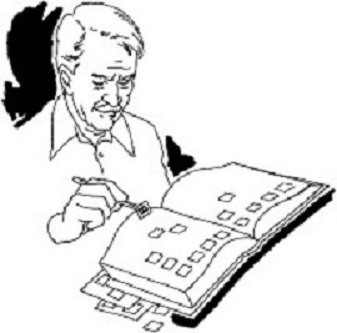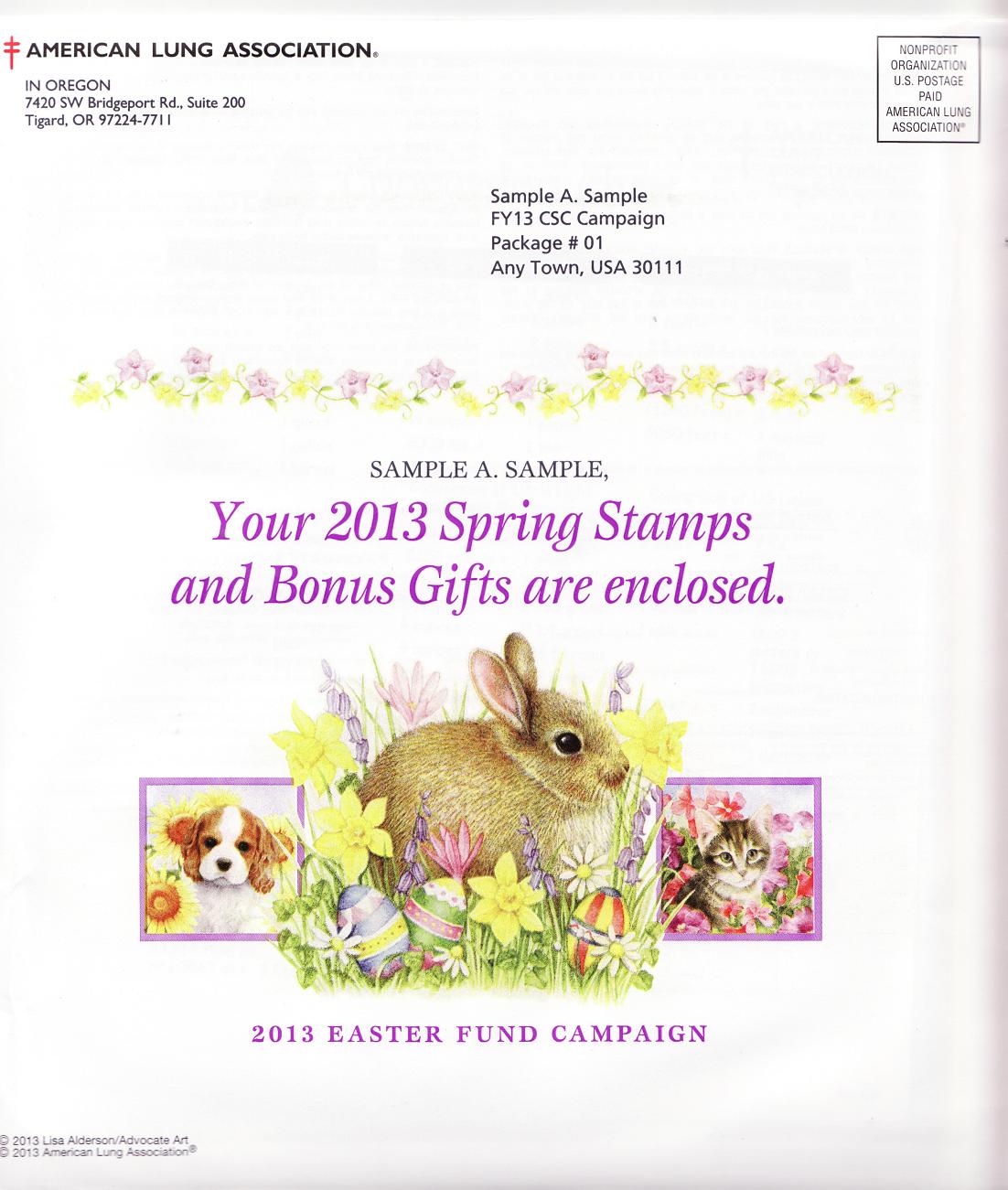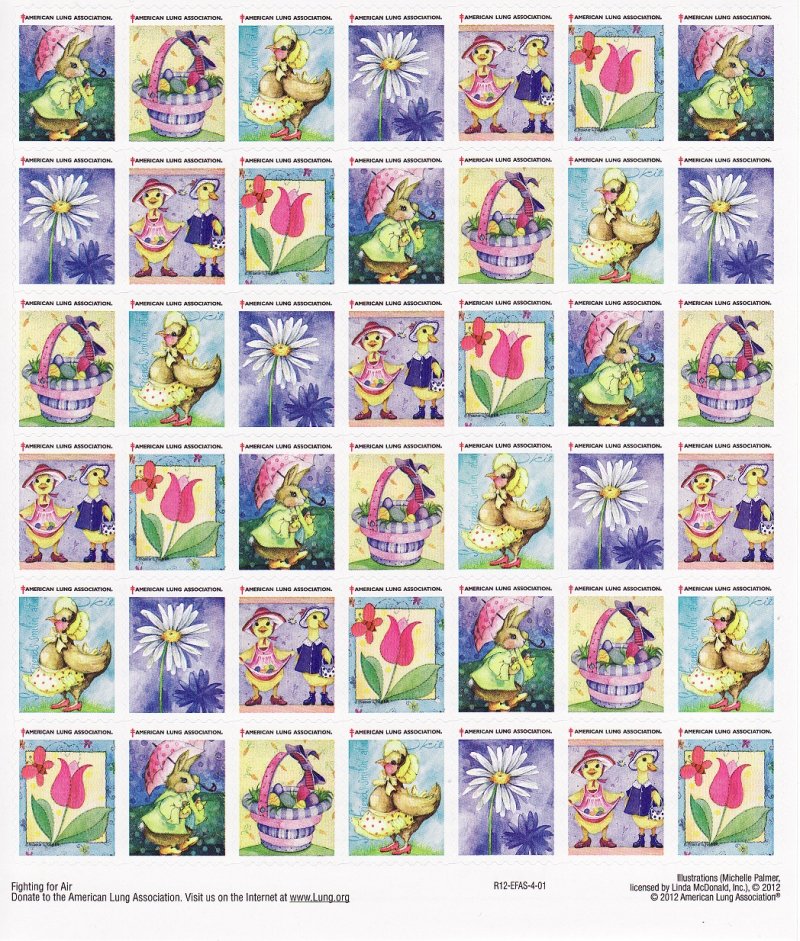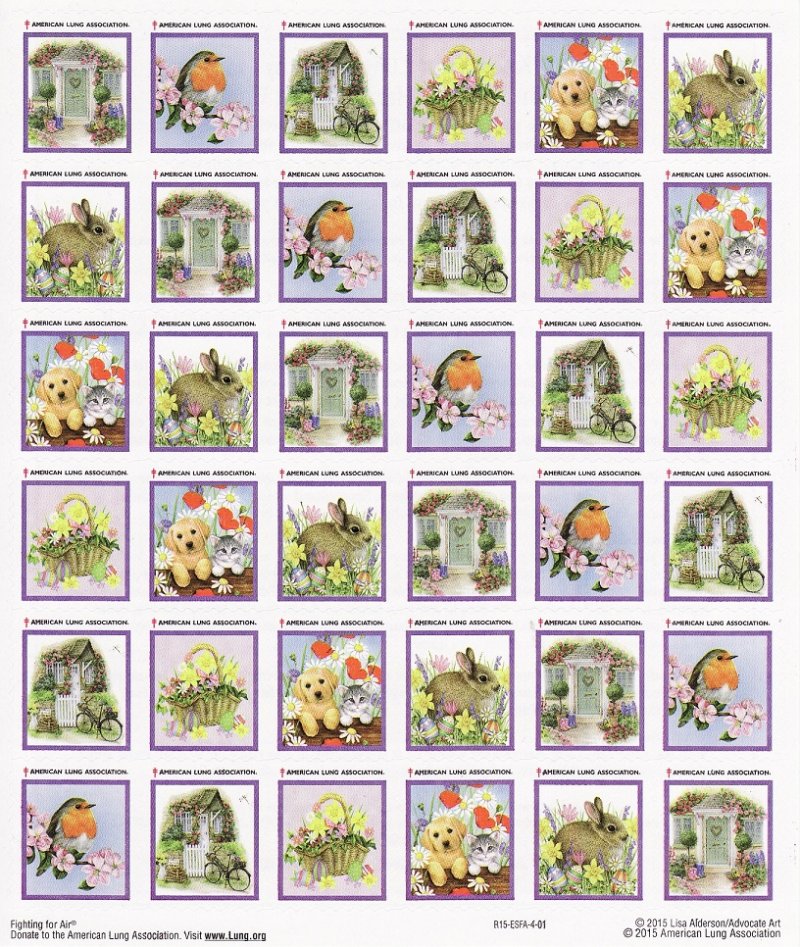|
Charity Seals, Stamp Packets, Postcards, Collectible Labels Philatelist and dealer in collectible Charity Seals such as Christmas Seals, Spring Seals, Local TB Seals, Foreign TB Seals, Easter Seals, Boys Town Seals, Charity Seals, and Charity Seal Literature. Plus, Cinderella Stamps, Topical and Foreign Stamp Packets, Disney Stamps, Stamp Collecting Supplies, Postcards, and Collectible Labels. |
Christmas Seals & other Charity Seals
Paper Types
Unless otherwise stated, seals are printed on plain white paper.
Types of Paper
Backing Paper: Paper on which self-adhesive seals are issued, usually brown or white, printed or plain
Card Stock: A light cardboard (used, for example, on 1972 test gift tags)
Chalky Paper: Paper that has a chalky feel due to a coating of a solution to fill spaces between paper fibers and enable printing in greater detail; used 1917-21
Coated Paper: Paper coated with a glazing mixture to produce a hard, reflective surface
Continuous-Feed Paper: Paper with holes along both sides to allow for using a tractor-feed printer with a computer
Dead Paper: Paper that does not fluoresce under long-wave UV light (see section on Fluorescence)
Double Paper: Where two rolls of paper overlapped in joining, also called "paste ups"
Dull Coated Paper: Similar to English finish paper; used for the 1938 Deluxe Pane pcps
Dull Paper: Ordinary unsurfaced paper with little or no gloss
English Finish Paper: A kind of dull paper, used 1954-1958
Foil Paper: Stiff and shiny paper with a solid metal surface (see section on Metalized Paper and Foil)
Surfaced Paper: Paper with a shiny smooth reflective surface
Heavy Paper: Paper that is thicker than ordinary paper
Hi-bright paper: Paper that fluoresces under UV light (see section on Fluorescence)
Interlining Paper: Paper used by error in 1938 and 1945
Kid Paper: Paper textured with a pebbly-grain surface to give the appearance of leather used on footballs; used 1917-23. Fine kid is not as sharply embossed as coarse kid.
Linenized Paper: Paper embossed with horizontal and vertical lines to simulate linen cloth; used 1917-1919
Manila Paper: A strong coarse buff colored paper (used on some 1913 and 1918 issues)
Metalized Paper: Stiff and shiny paper with a solid metal surface (see section on Metalized Paper and Foil)
Mottled Paper: Paper with a faint speckled pattern
Shiny Paper: Highly surfaced paper which appears slightly reflective
Thin Paper: Paper that is thinner than ordinary paper
Uncoated Paper: Ordinary paper
Watermarked Paper: Paper that has a design impressed into it. When viewed against a black background, the design will appear darker than the surrounding paper because it is slightly thinner. Used in 1908.
Between 1917 and 1921, a yellow or colorless sizing (or varnish) was printed under or on top of the red parts of the design to give it a gloss. The yellow sizing can be seen as a transparent yellow printed on the seals. Colorless sizing can usually be seen as a shiny area on the duller paper. On the 1917 Essays, the sizing is referred to as Ideal varnish
Fluorescence
Since the late 1950's, some papers contain optical brighteners that make them fluoresce purplish-blue when viewed under long-wave ultra-violet light. This Hi-Bright Paper is not apparent under normal light, when it appears similar to Dead Paper, which does not fluoresce under long-wave ultra-violet light. Many variations of brightness may exist. Even the same printer in the same year may use different batches of paper containing varying amounts of brightener. Though these variations are of interest to specialists, such differences have been noted in this catalog only when they are obvious and consistent.
Metalized Paper, Foil and Silver Ink
A few deluxe seals and essays printed on metalized paper, foil, silver and gold ink on regular paper were tested in 1933, 1934, 1938 and 1939. In 1985 gold and silver foil were tested in an effort to encourage larger donations. Silver Foil seals were available from 1986 - 1991 as a special order item and so are listed as a variety of the National Seal in those years. Silver foil was dropped after 1991. Due to the cost of the foil, the difficulty of printing on it and the resulting higher proportion of printer's waste, silver ink was tested in 1991 to 1993 to print borders on plain paper seals.
Green's Catalog of the Tuberculosis Seals of the World, Part I, U.S. National Christmas Seals, 2010 ed., p5





